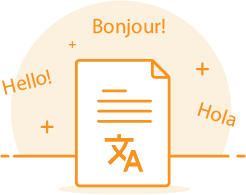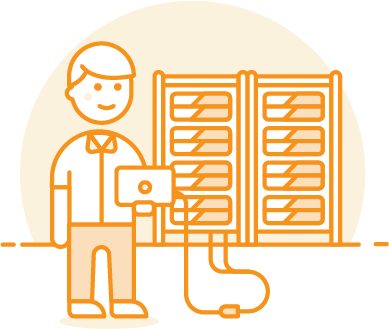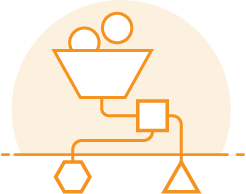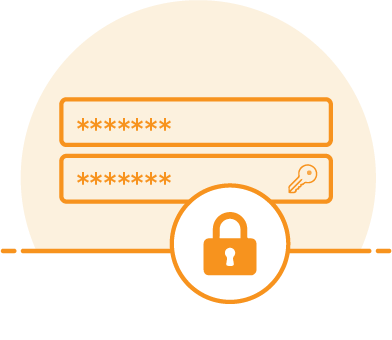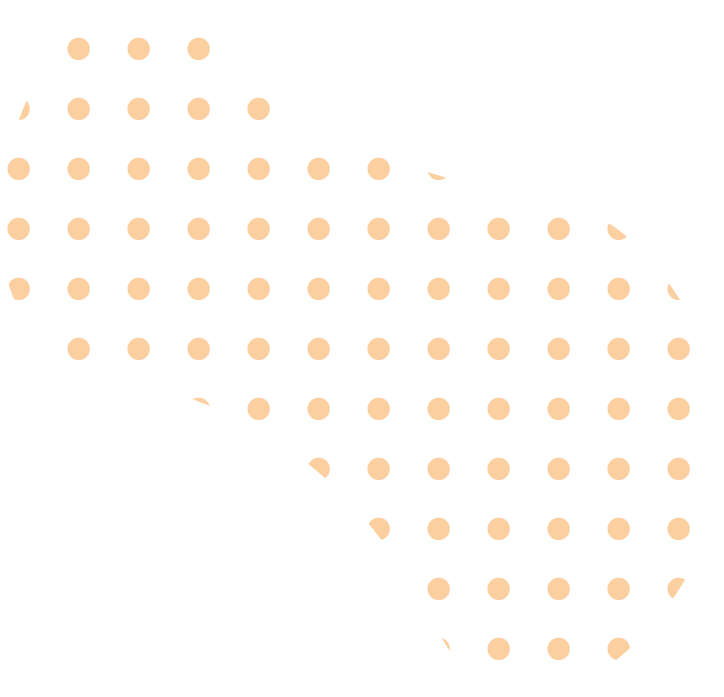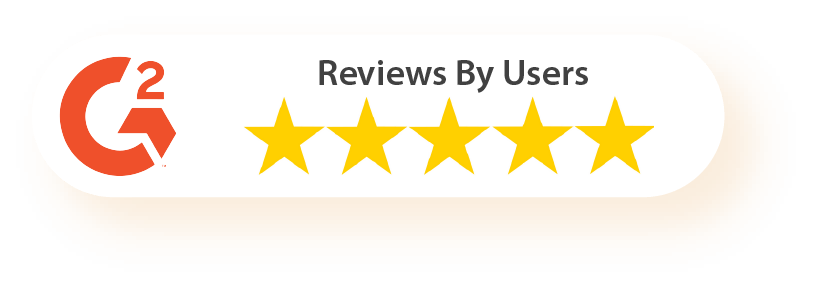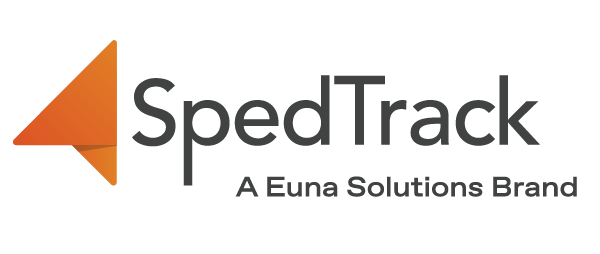Provisions of the IDEA
The Individuals with Disabilities Education Act (IDEA) provides federal protection and special education to students with qualified disabilities at each stage of their life. Part B of IDEA covers school-aged children from ages three to 21 and Part C of IDEA outlines a plan to provide early intervention services to children who qualify from their birth until their third birthday.
Infants and Toddlers with Disabilities
Part C of IDEA outlines how young children, under the age of 3, receive specially designed instruction to meet their needs and support their current levels of development. This program is mandated by the Federal Government to be carried out by the States. This is carried out through an Individualized Family Service Plan (IFSP).
An IFSP, according to the U.S. Department of Education, is a goal-directed written plan created after a multidisciplinary assessment is completed to provide services to an infant or toddler with developmental delays and their family. These services are designed to assist in a child’s development and mitigate or improve delays. The IFSP process is similar to the IEP process in that an evaluation is completed to establish eligibility prior to a plan being implemented.
Some unique features of the IFSP are:
- Services are directed and coordinated by the state department of education through the federally funded Head Start program.
- Services occur in the child’s natural environment, including community settings.
- Services focus solely on developmental delays.
- IFSP teams include parents, service coordinators, service providers, and other caretakers like childcare providers.
- Services consist of appropriate activities for the child but can include family training and counseling as well.
- Services are directed by a Service Coordinator from the profession most relevant to the child’s or family’s needs.
- A transition plan to a preschool or an early childhood program is considered from the onset of the IFSP.
According to The University of Texas Permian Basin, “…one in six children in the United States [are] diagnosed with developmental disabilities.” The University of Texas Permian Basin asserts that early intervening services can help overcome developmental delays and allow infants and toddlers to be more preschool ready.
The CDC also encourages early intervention programs for young children. They state “the connections in a baby’s brain are most adaptable in the first three years of life. These connections, also called neural circuits, are the foundation for learning, behavior, and health. Over time, these connections become harder to change.” Simply put they believe that “earlier is better!”
Assistance for all Children with Disabilities
As children age, they undergo the Part C to Part B transition. This requires the state agency assigned to providing Part C services to make a referral to the local school district to resume special education services. It also signals an evaluation in which the student, if eligible, will meet one of the 13 areas of eligibility as defined by IDEA.
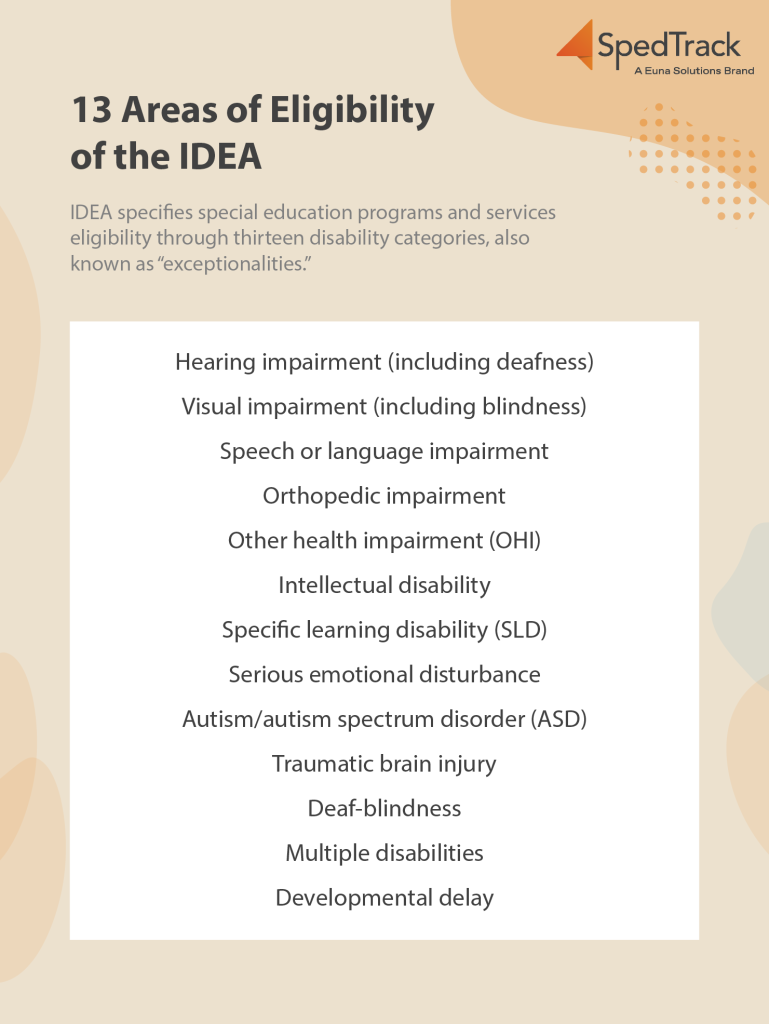
More often than not, a child transitioning to a school district early childhood center will meet eligibility as a young child with a developmental delay (YCDD). This particular category has a wide range of areas that are served, including adaptive behavior, social/emotional behaviors, communication delays, and cognitive delays. As services continue, that area of eligibility is no longer applicable due to the student’s age, and they must transition to a school-aged area of eligibility. Part B of IDEA provides services to students from ages three to 21.
When a child is found eligible, an IEP Team, comprised of parents, a special education teacher, general education teacher, other service providers, and an administrator, gathers to discuss a child’s present levels of performance, special education, and related services.
This document that the team develops is called the Individualized Education Program (IEP). It has several of the same elements as the IFSP but is uniquely suited to an educational environment.
Unique elements of the IEP include:
- Coordinated and supported at the local level through public school districts
- Special education and related services occur in an education setting.
- The plan is focused on educational performance and access to regular education environments.
- The ultimate goal is to allow the student to foster school participation in the least restrictive environment (LRE).
IEPs are created to provide goal-driven services to children in educational environments to allow them to gain equal access and progress in the general education curriculum. The IEP can include academic, communication, sensory, motor, social/emotional, and adaptive services. The IEP also provides necessary accommodations and modifications within the school environment based on a student’s needs. For more information on accommodations and modifications see my latest blog on the topic.
Similarities and Differences between the IFSP and IEP
Differences:
IEP – The program focuses on the child’s education; IEP services occur in a school setting; Services provided by the local educational agency (LEA) are tied to specific areas of eligibility; An IEP includes related services; The goal is for the child to have greater access to the school environment and meet their educational needs.
IFSP – Provides services in a natural or community setting; Provides direct training and services to family members or other caretakers; The goal is for the child to learn skills to overcome developmental delays and prepare the child for the school environment.
Similarities:
Both programs follow similar evaluative processes and are bound by child find obligations, and both require parental consent to establish services. They both identify the needs of the child and use that information to create measurable annual goals. The plans also monitor the child’s progress and are reviewed on an annual basis. Both plans provide parents with a process to file a complaint or grievance.
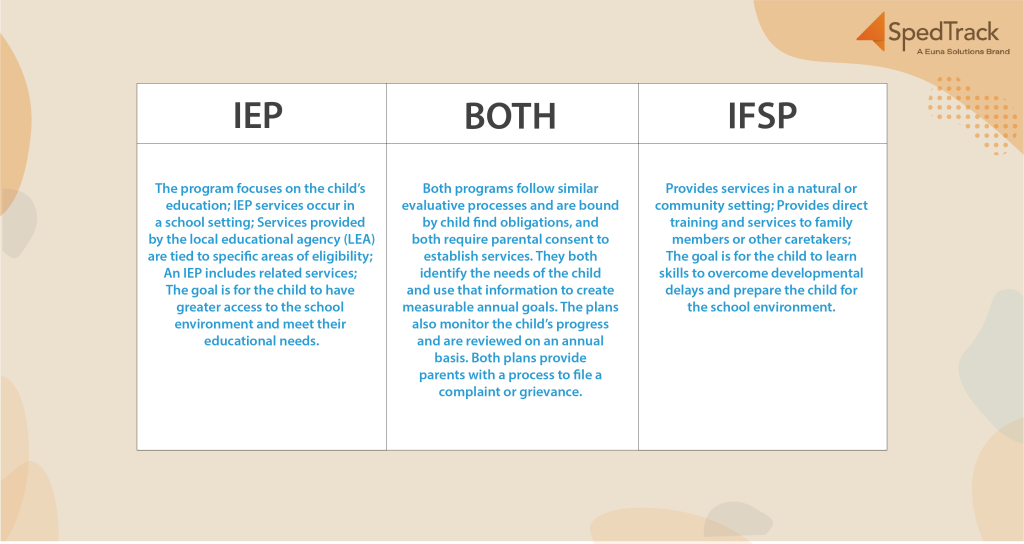
Managing IFSP and IEP Forms with SpedTrack
If you are involved in a child’s IEP or IFSP, you know how tedious and painstaking this process can be. SpedTrack streamlines these processes while helping districts stay compliant every step of the way.
SpedTrack can help make the process run more smoothly. Our platform can empower your entire team to maintain compliance from referral through dismissal.
Request a demo today to see why SpedTrack is the best choice for assisting you with creating and managing your documents.







